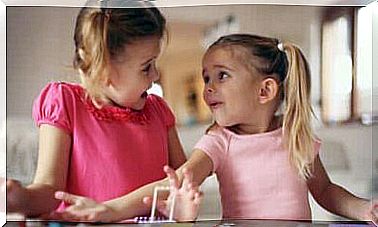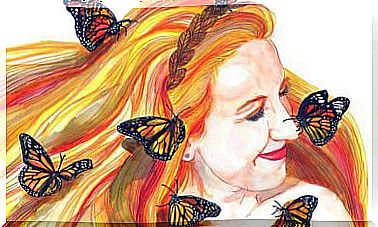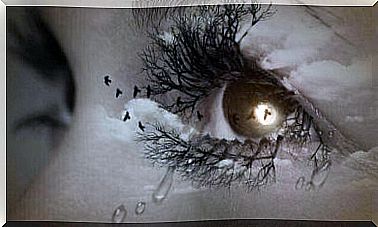Everyone Talks About Love At First Sight, But What About “friendship At First Sight”?
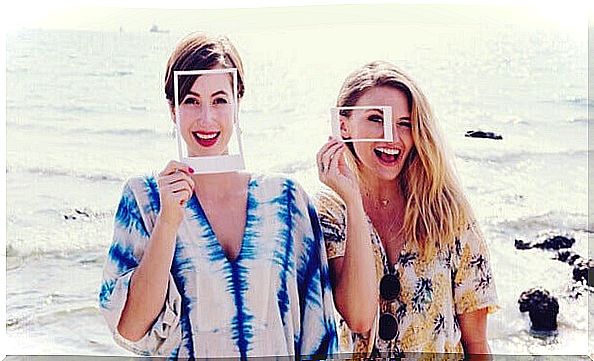
The “friendship at first sight” exists, but more than through looking, this bond is established through shared laughter. It’s a magical complicity that instantly brings out an affinity, points in common, coincidences… It’s a link formed by positive interactions that, over time, becomes more and more firm through emotional support and, above all, through trust.
We’ve all heard about love at first sight, the one in which several factors come together, such as physical attraction, our unconscious thoughts and the always mysterious and undeniable power of our neurotransmitters that make us feel that passion. Now, the question that has arisen among psychologists and personality researchers has been whether the same can happen in friendly relationships.
Let’s think, for example, of all the social scenarios in which we live on a daily basis: work, classrooms, public areas of buildings, gyms, parties, public transport… We just need to look at a person to intuit that this person could be a good friend? Can these first impressions of our brain give us a reliable and sure-fire clue as to who suits us?
Sometimes we don’t get it completely right, but it is known, however, that this feeling, which often comes from very superficial impressions, usually gets it right in 70% of cases. Friendship is for psychologists and sociologists something as or more fascinating than love. These forces that attract us to a certain type of person and not to others is what also defines our social identity and our desire to be surrounded by profiles similar to ours.

The “friendship at first sight” happens every day
“Friendship at first sight” takes place every day. It happens to that frightened child who starts his first day at school. She, quite nervous, sees her other classmate children for the first time. In the back she sees another child like her, a little one who smiles from the back rows and gets up to go sit next to her.
It also happens when we start a job, and in the middle of the work routine, something unimportant, but unexpected, makes us laugh with someone who laughs even more than us. Laughter turns into laughter and then we discover that a good friendship can be born there. First impressions are like that, they are full of coincidences, emotional nuances, sudden laughs and glances that make a quick reading looking for affinities.
Now, what may seem magical at first glance, is actually very biological and neurochemical. All our sensations and thoughts are in our brain, including friendship. The brain regions that orchestrate this type of “friendship at first sight” sorcery are the amygdala and the anterior cingulate cortex. The first structure of our brain is related to our emotions and, more specifically, to these impulses related to our survival instincts.
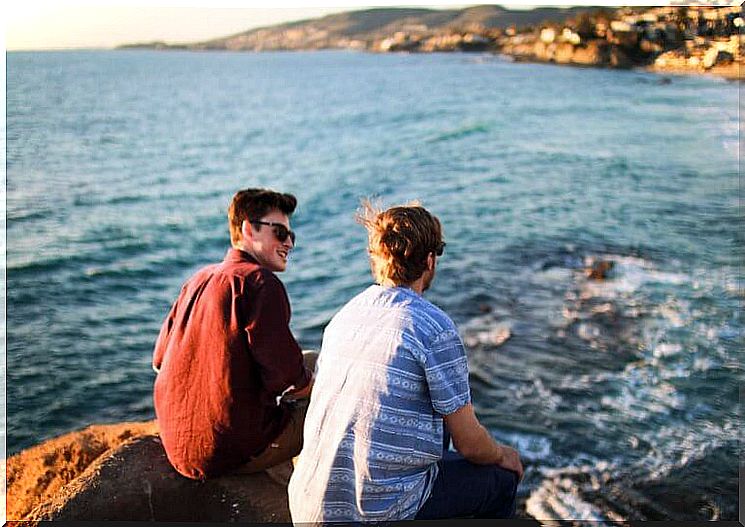
So, if there’s one thing we all know, it’s that having a good friend by our side will make our lives more beautiful. We will feel more protected, happier and more satisfied. On the other hand, the anterior cingulate cortex refers to a sophisticated part of the brain that helps us make decisions and assign value to objects and people. Something we sometimes do incredibly quickly and effortlessly. And that’s exactly what happens in “friendship at first sight.”
Behind “friendship at first sight” there are certain requirements
Columbia University psychologists and Elizabeth W. Dunn, cited earlier when we talked about the published research that lays the foundations for what happens in this friendship spell, tell us some pretty interesting things. The “friendship at first sight” exists, but behind it there are a number of quite sophisticated mechanisms it is important to take into consideration.
When we humans connect with someone, we do it based on some expectations. For example, the frightened child who starts his first day of school and meets another student in the room who smiles at him will say to himself that yes, this is a child who can be his ally in this unfamiliar environment and thereby make the situation easier for both of them. You will think that the other will be someone you can share things with, play with and always have by your side at school.
“Friendship at first sight” is actually a way of monitoring people to find who we believe may have more similarities and interests in common with us. It is the search for a person in whom it will be worth investing our emotional energy, our time and even sharing our projects.

To conclude, we can say that friendly passion is real and that sometimes it only takes a few minutes to connect with someone in an intense and wonderful way. However, behind this first connection based on a series of micro judgments, evaluations that are often a little distorted and even previously mentioned expectations, there is a time that can effectively confirm to us whether we got it right or not.
In the end, any lasting, meaningful, and valuable friendship is one that is based on three very clear pillars: trust, reciprocity, and positive emotional support.

